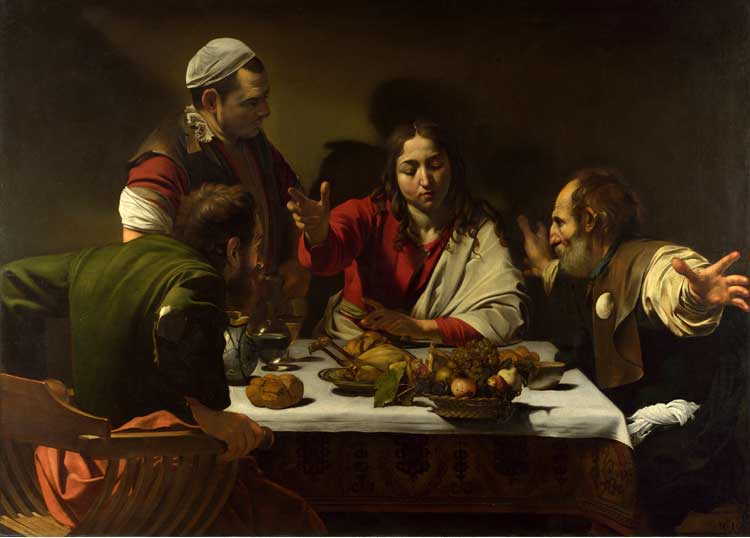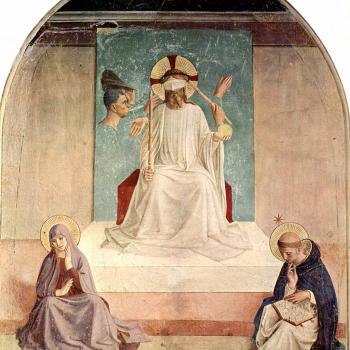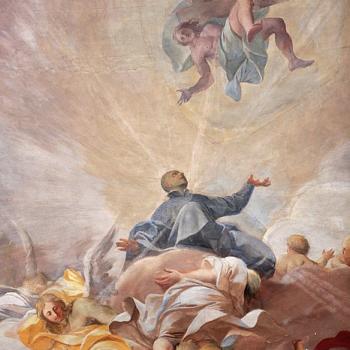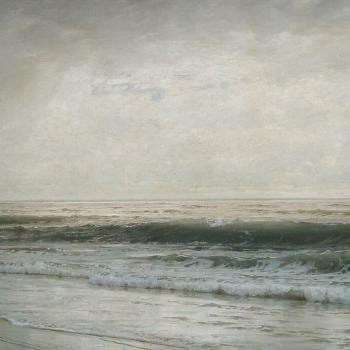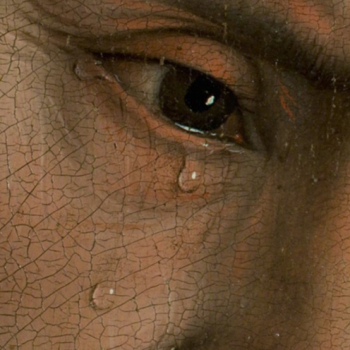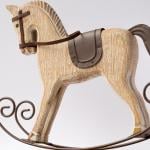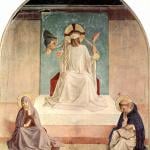Although I tend to be more attracted to traditional icons and iconography I have a particular love for Caravaggio’s 1601 Supper at Emmaus. It’s bright and vibrant and full of action, and it draws me into the painting in a similar way that many of my favorite byzantine icons do.
The painting takes place in the moment when Christ blesses the meal after his long trip to Emmaus in which he had opened the scriptures in a form of the liturgy of the word. Now the liturgical event continues at the table.
Above the table stands a man, who seems to be the Inn keeper. Christ sits with one disciple, perhaps Cleopas, on the right. This man bears the shell of a pilgrim traveler. This indicates he was one of those who had traveled with Jesus along the road earlier that day. Another man, perhaps the unnamed disciple, sits on the left. The observer is invited in, and is given a corner of the table to sit at, near the fruit basket.
On the table there are three loafs of bread and a vessel filled with wine; which help us recognize that this meal is becoming the first Eucharistic celebration, however the inclusion of the roasted bird on the table reminds us that this is an unexpected liturgy.
Take a look at Christ:
The halo of Christ is provided by the shadow of the inn keeper. Christ’s face is youthful. His hand, outstretched in blessing, seems to mirror the hand of the disciple who outstretches him arms as he recognizes Christ. Together these outreached arms seem to offer an embrace to the observer of the painting.
The action seems to be a synthesis of the moment of blessing and the moment of recognition. Jesus has not yet broken the bread, but the two disciples seem to be caught just at the moment of recognition. The one with his back to the observer pushes his chair back in surprise.
The painting invites us into the wonderful surprise as well. We are reminded that Jesus is found in expected places. His presence is seen in the shadows of those around us, and we can encounter him as we meet with one another and break bread.


